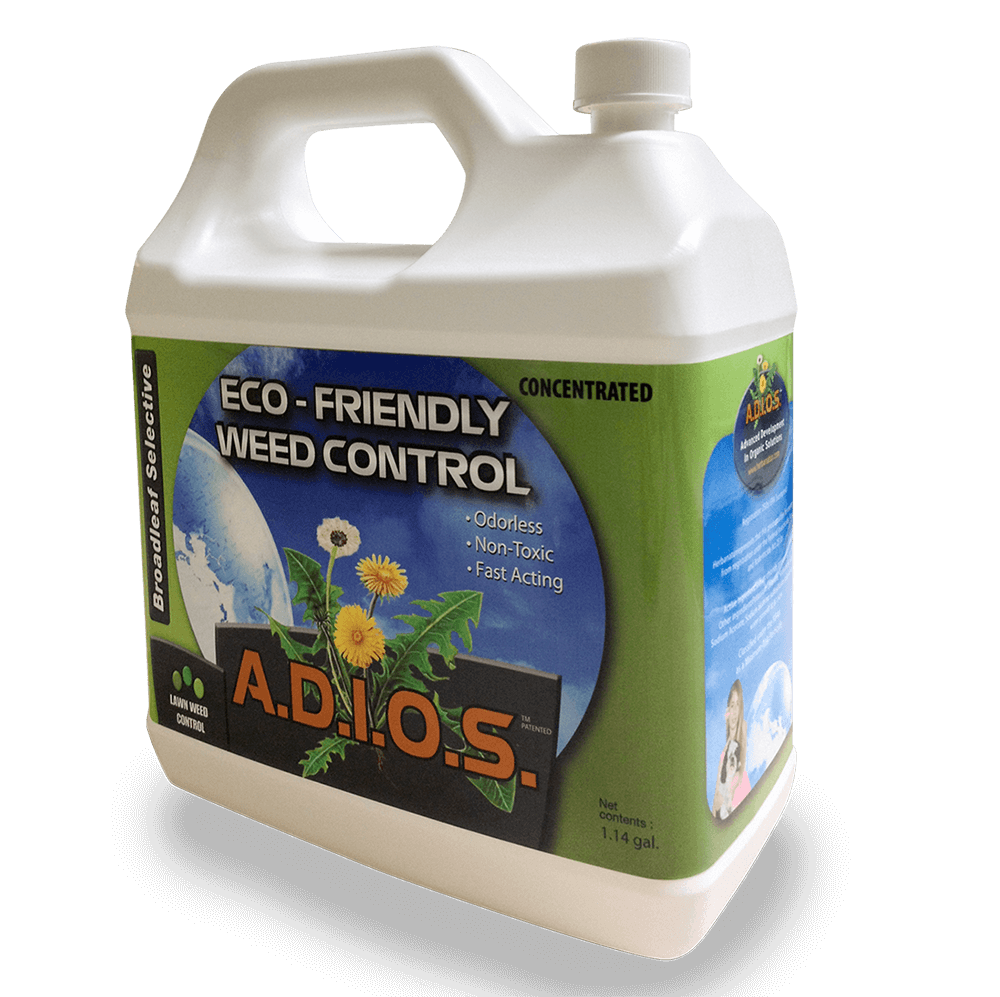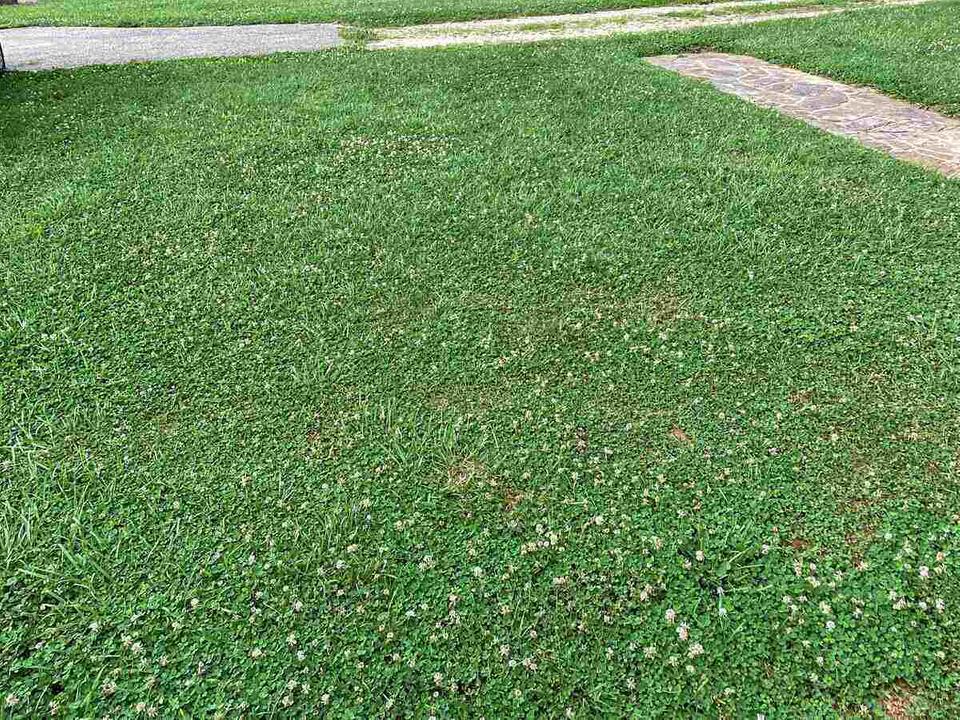Adios Clover Killer: Say Goodbye To Clover And Keep Your Lawn Green
Clover is a common weed that can be found in lawns all over the world. It is a low-growing plant with white or pink flowers, and it can be quite difficult to get rid of. There are a number of different clover killers available on the market, but many of them are harmful to the environment or to your lawn.
In this blog post, we will discuss the different types of clover killers, as well as some more natural and environmentally friendly methods for getting rid of clover. We will also provide some tips on how to prevent clover from coming back in the future.
What is Clover?
Clover is a member of the legume family, which also includes beans, peas, and lentils. It is a nitrogen-fixing plant, which means that it can convert atmospheric nitrogen into a form that can be used by other plants. This makes clover a valuable addition to a lawn, as it can help to improve the soil quality.
However, clover can also be a nuisance, as it can crowd out other plants and make your lawn look unkempt. If you have a clover problem, you may want to consider getting rid of it.
Types of Clover Killers
There are a number of different types of clover killers available on the market. Some of the most common types include:
- Herbicides: Herbicides are chemicals that kill plants. They can be effective at killing clover, but they can also be harmful to the environment and to your lawn.
- Microbials: Microbials are living organisms that can kill plants. They are often less harmful to the environment than herbicides, but they may not be as effective.
- Natural Methods: There are a number of natural methods that can be used to kill clover. These methods include:
- Solarization: Solarization involves covering your lawn with clear plastic for several weeks. The heat from the sun will kill the clover.
- Hand-pulling: Hand-pulling is a labor-intensive method, but it is effective at killing clover.
- Mulching: Mulching with a layer of organic material, such as wood chips or bark, can help to smother clover.
Which Method is Right for You?
The best method for killing clover will depend on the severity of your problem and your personal preferences. If you have a small area of clover, you may be able to get rid of it by hand-pulling or solarization. If you have a larger area of clover, or if you are concerned about the environmental impact of herbicides, you may want to consider using a microbial or a natural method.
Preventing Clover from Coming Back
Once you have gotten rid of clover, you can take steps to prevent it from coming back in the future. These steps include:
- Avoid overwatering your lawn: Clover prefers moist soil, so overwatering can encourage it to grow.
- Fertilize your lawn regularly: A healthy lawn is less likely to be invaded by weeds.
- Aerate your lawn: Aerating your lawn will help to improve the drainage and air circulation, which can make it less hospitable to clover.
Conclusion
Clover can be a nuisance, but it can be easily controlled with the right methods. If you have a clover problem, you should carefully consider your options before choosing a method for getting rid of it. By taking the right steps, you can keep your lawn green and healthy without harming the environment.
Are you looking for a way to get rid of clover in your lawn without harming your grass? If so, you may want to consider using Adios Clover Killer. Adios is an organic herbicide that is specifically designed to kill clover without harming surrounding grass. It is non-toxic and safe to use, even around pets and children.
To learn more about Adios Clover Killer, please visit Home Gardening.
FAQ of adios clover killer
Q: Does Adios Clover Killer work?
A: Yes, Adios Clover Killer is an effective herbicide that can kill clover. It is a selective herbicide, which means that it will only kill clover and not other plants in your lawn. Adios Clover Killer works by blocking the production of chlorophyll in clover plants, which eventually kills them.
Q: How often do I need to spray Adios Clover Killer?
A: For best results, you should spray Adios Clover Killer when the clover is actively growing. You may need to reapply the herbicide every 6 weeks or so, as clover is a persistent weed.
Q: Is Adios Clover Killer safe to use?
A: Adios Clover Killer is considered to be safe for use on lawns, gardens, and other areas where people and pets may be present. However, it is important to follow the instructions on the label carefully to avoid any potential risks.
Q: What are the side effects of using Adios Clover Killer?
A: The most common side effect of using Adios Clover Killer is leaf burn. This can be caused by applying the herbicide too heavily or by spraying it on hot, sunny days. Other side effects are rare, but may include skin irritation or nausea.
Q: Where can I buy Adios Clover Killer?
Adios Clover Killer is available at most garden centers and online retailers.
Q: What are the alternatives to Adios Clover Killer?
There are a number of alternative herbicides that can be used to kill clover. Some popular options include:
- Triclopyr
- Glyphosate
- Imazapyr
These herbicides are all effective at killing clover, but they may not be as safe as Adios Clover Killer. It is important to choose an herbicide that is appropriate for your needs and to follow the instructions on the label carefully.
Image of adios clover killer
- Image 1: A bottle of Adios clover killer with the words "Adios Clover Killer" and "Advanced Development In Organic Solutions" on the front.

- Image 2: A close-up of the label on the bottle of Adios clover killer, showing the active ingredient, aminopyralid, and the instructions for use.

- Image 3: A lawn with clover growing in it.
- Image 4: A lawn after Adios clover killer has been applied. The clover is dead, but the grass is still alive.

- Image 5: A person spraying Adios clover killer on a lawn.

- Image 6: A leaf of clover with a drop of Adios clover killer on it.

- Image 7: A clover plant that is starting to wilt after being sprayed with Adios clover killer.

- Image 8: A dead clover plant after being sprayed with Adios clover killer.

- Image 9: A lawn that is free of clover after being treated with Adios clover killer.

- Image 10: A warning label for Adios clover killer, stating that it is not for use on edible plants.

Post a Comment for "Adios Clover Killer: Say Goodbye To Clover And Keep Your Lawn Green"